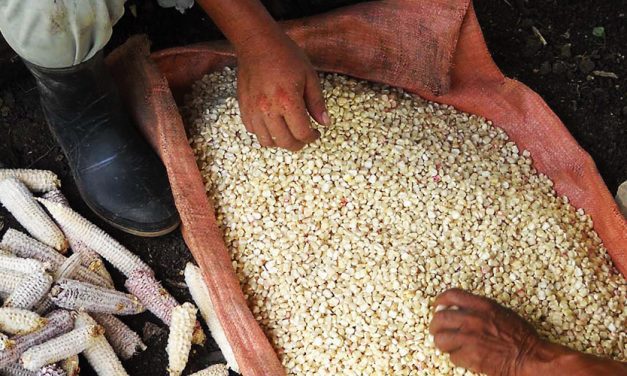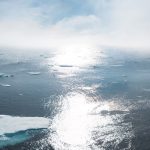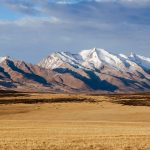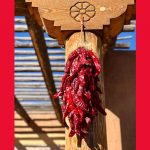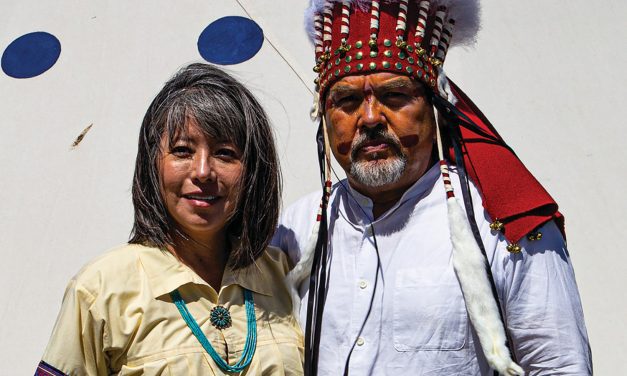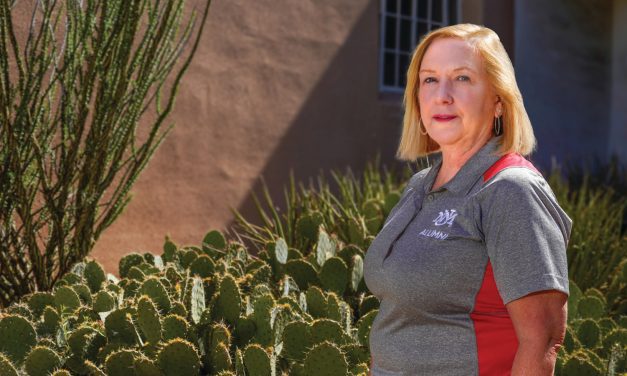
On the Tibetan Plateau
Laura Crossey and Karl Karlstrom, both professors in the Department of Earth and Planetary Sciences, joined an international team of scientists on an expedition to the Tibetan Plateau, driving thousands of miles across Tibet to sample bubbling hot springs to learn more about how the Earth’s underground system of geological plates move and collide.
Their findings were published recently in the Proceedings of the National Academy of Sciences journal. Crossey was one of the authors.
The team sampled gasses emitted by geothermal hot springs to ascertain how plates have moved deep underground. Where the crust is thick, mantle-derived helium cannot escape. Where plates have shifted an dropped away, the gas escapes. The team was able to define a 1,000-kilometer-long East-West boundary in southern Tibet where what is known as the Indian plate has dropped away from the Himalayan plate.
The findings add to our knowledge of the Earth’s mantle and also have practical implications.
“Additionally, these forces also generate some of the most powerful and deadly earthquakes on Earth,” Crossey said. “Understanding the detailed nature of the colliding plates can help us better prepare and plan for earthquakes.”
Campus Connections
LatestFood in the Pantry
UNM archaeologist and Prof. Keith Prufer co-led a team excavating a site in Belize...
Fall 2022 Mirage Magazine Features
In A Solid State
UNM grad helps spark electric vehicle revolution…
Read MoreCourageous Career
Opera singer pivots to performance coaching…
Read MorePretty Good At Math
Alumnus caps computing career with prestigious prize…
Read MoreTelling A Story
Alumna heads up museum devoted to the American Indian experience…
Read MoreFamily Affair
Alumni board president keeps UNM ties tight…
Read MoreAnd the Winner Is…
Alumni take home a Grammy and a Pulitzer for music…
Read More

